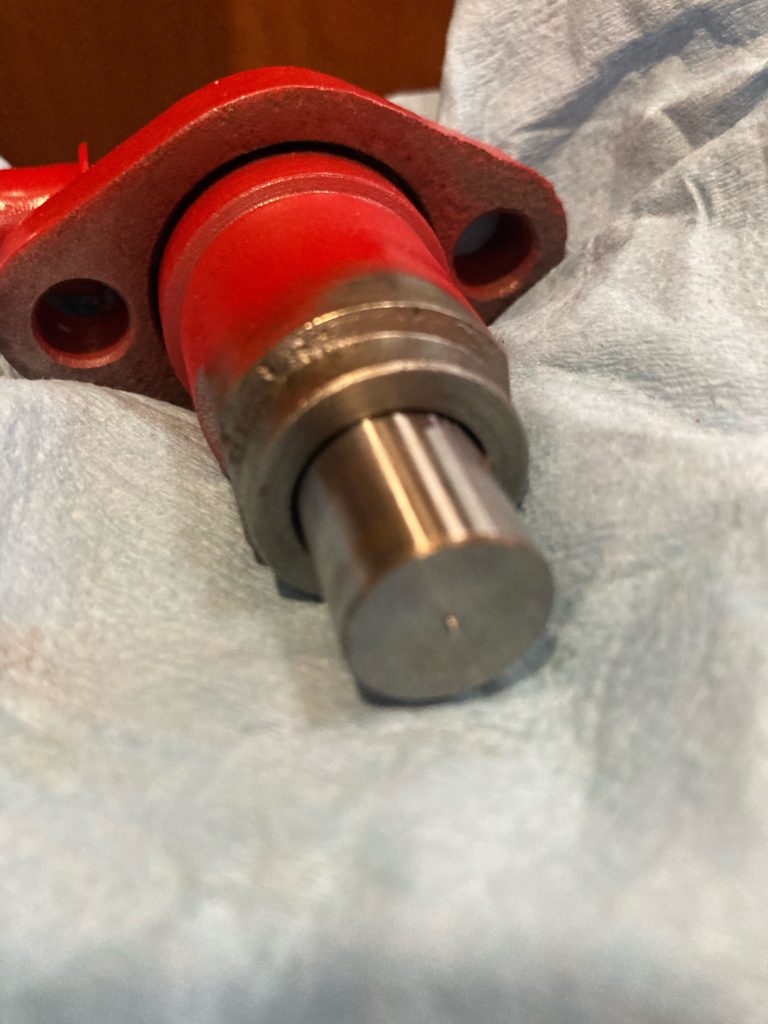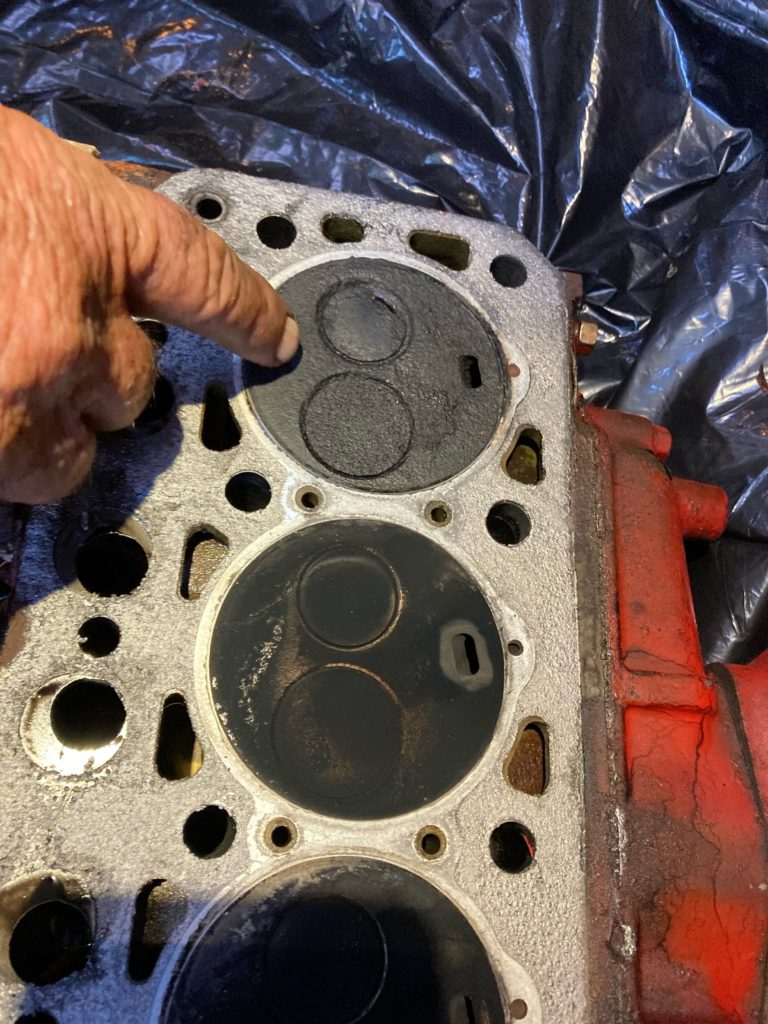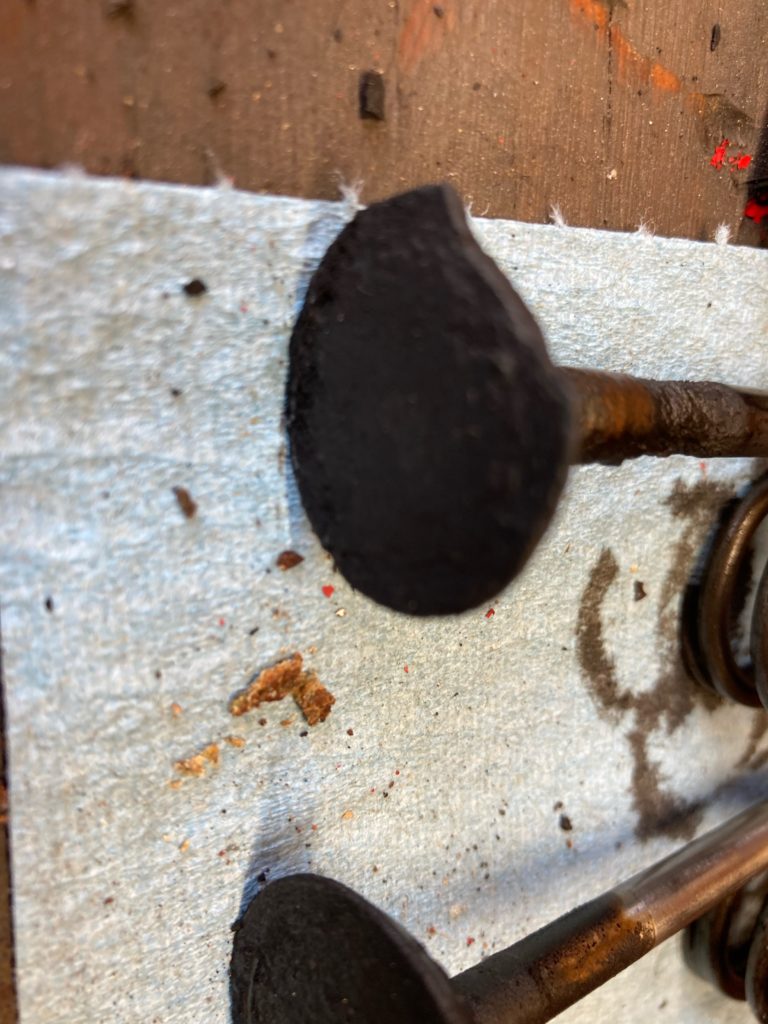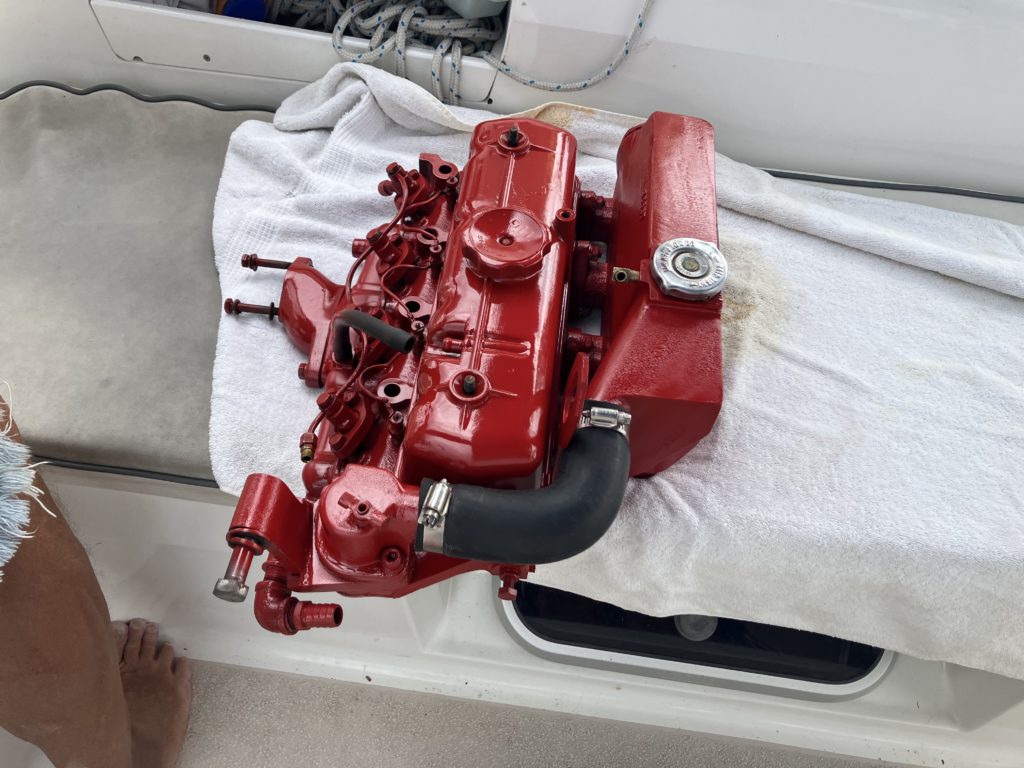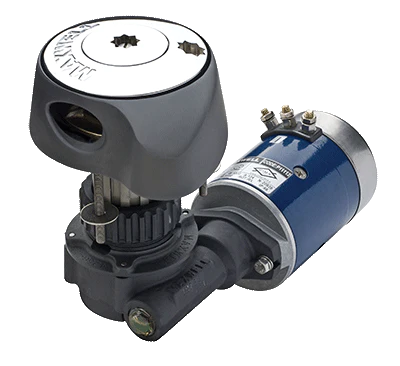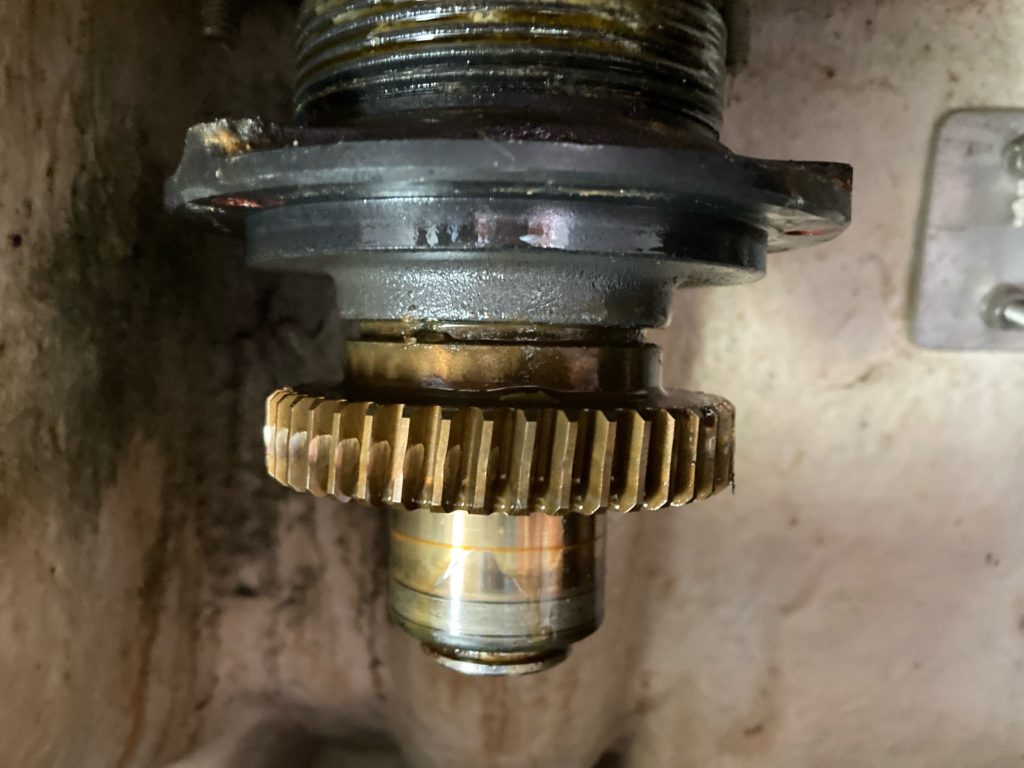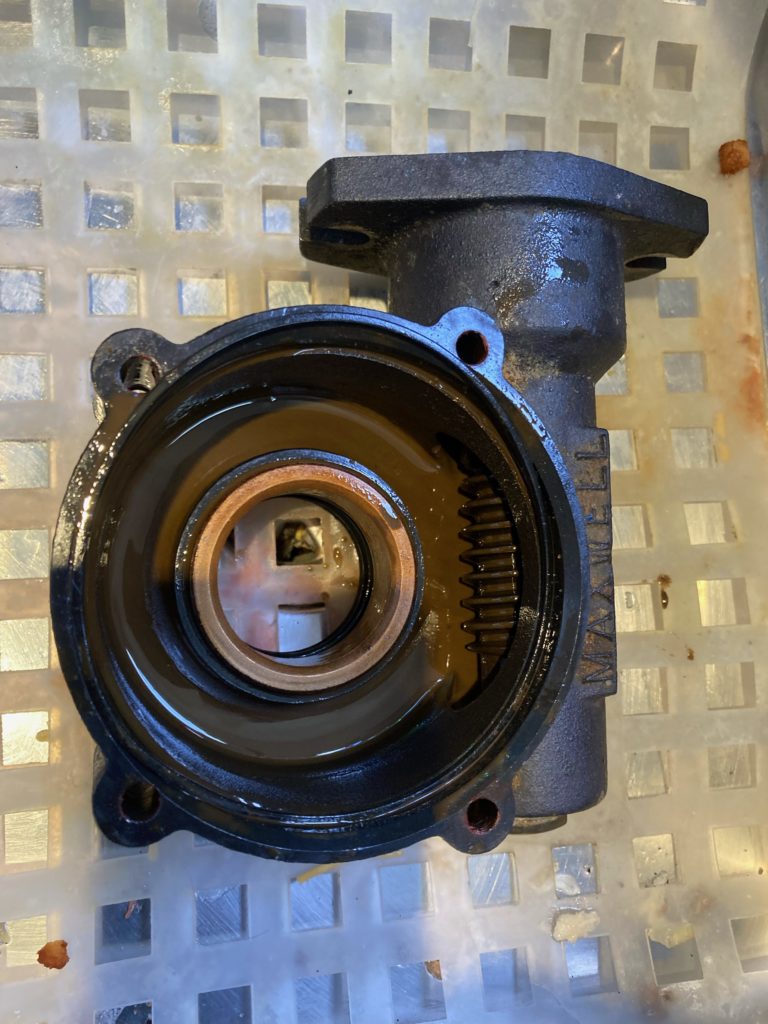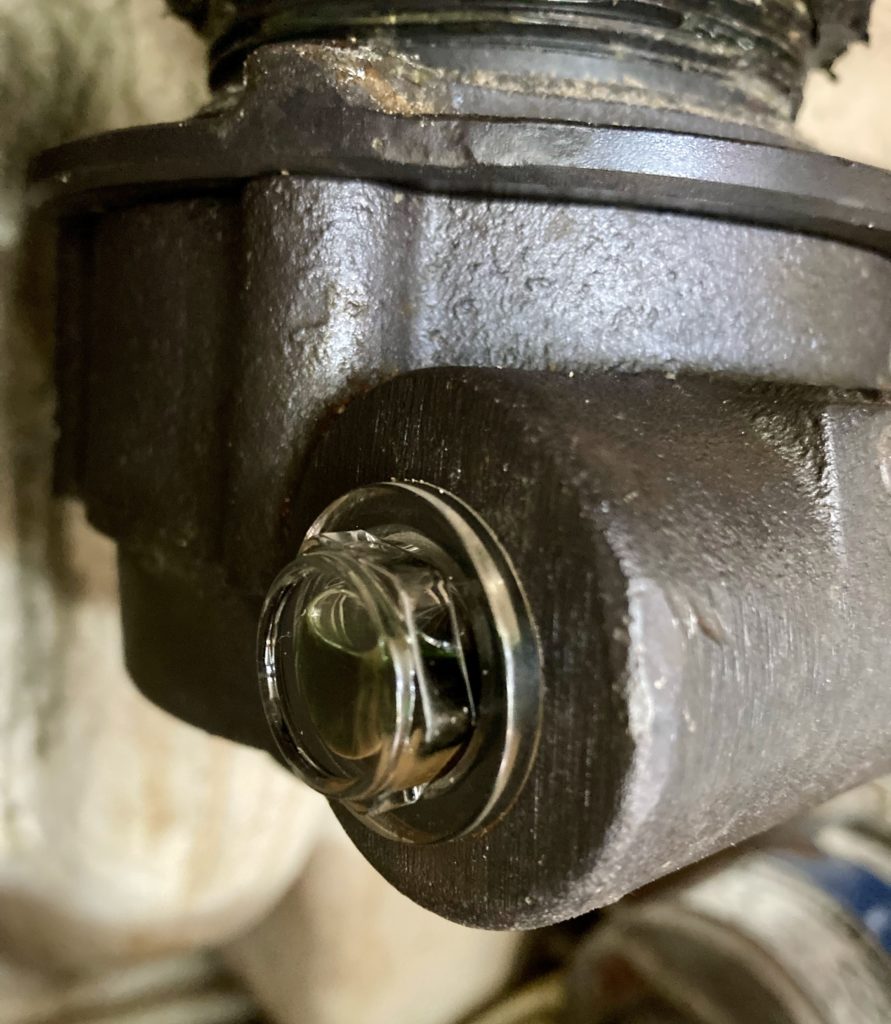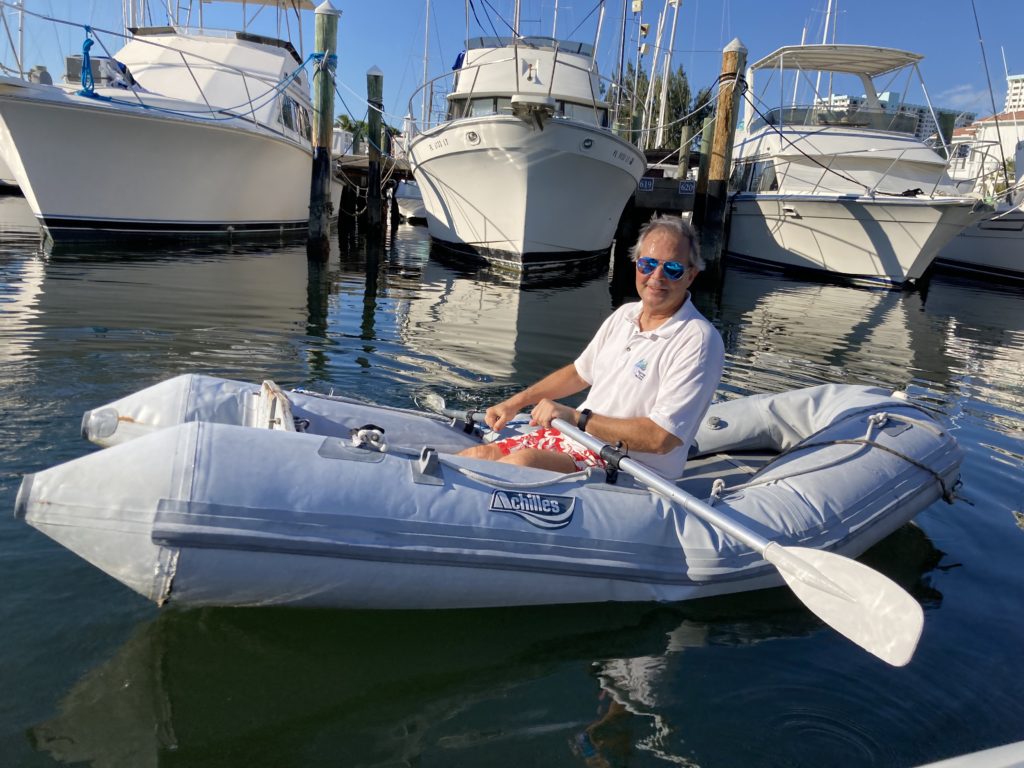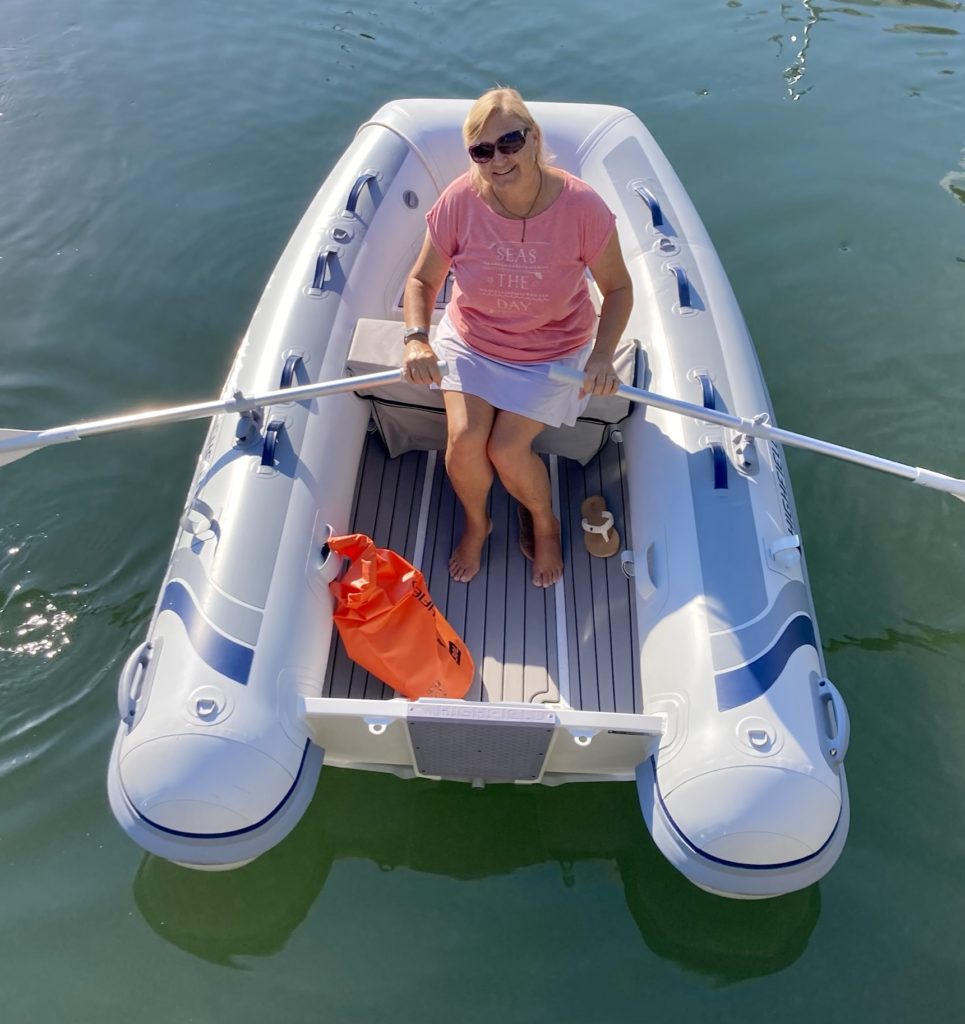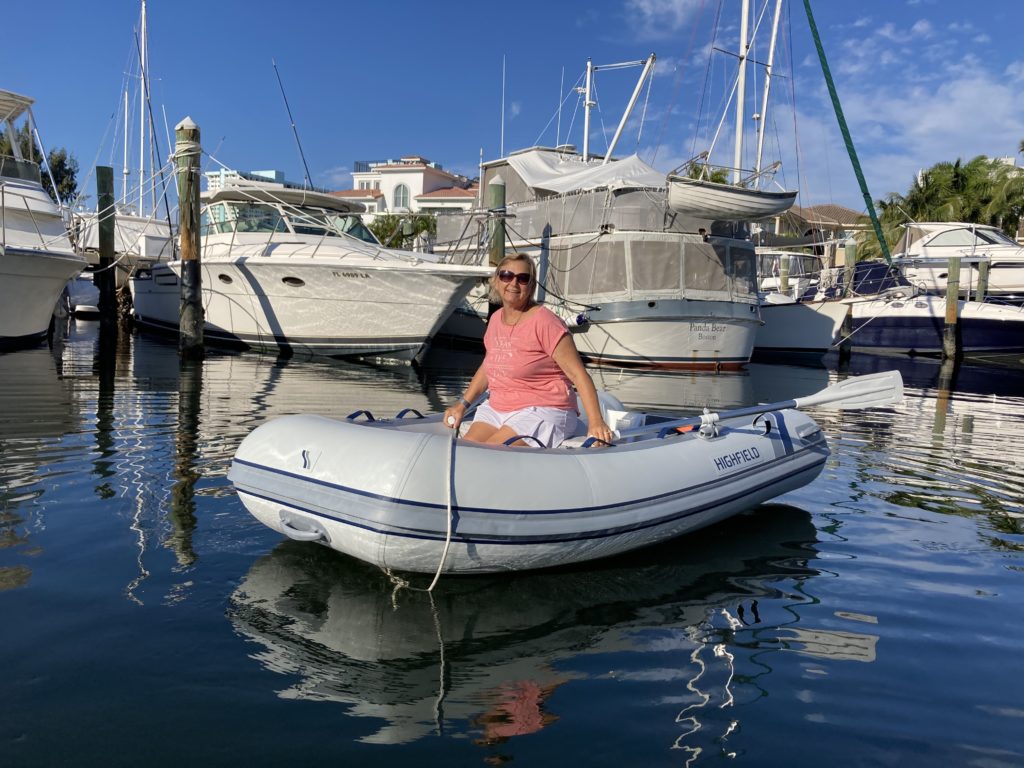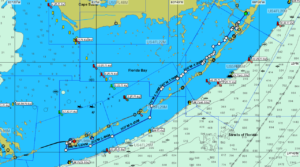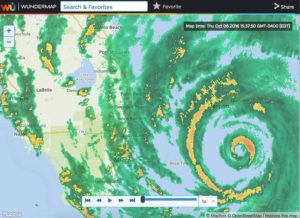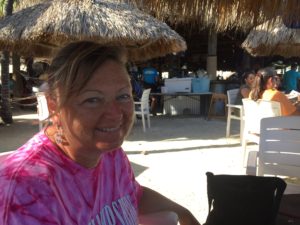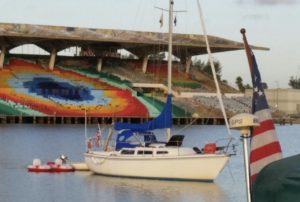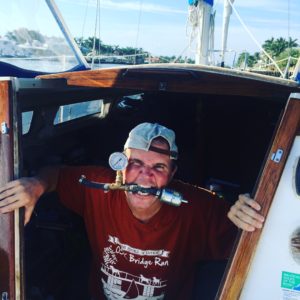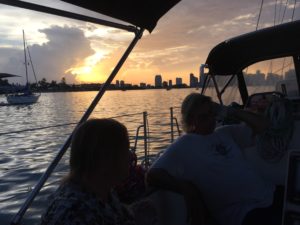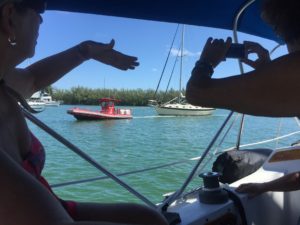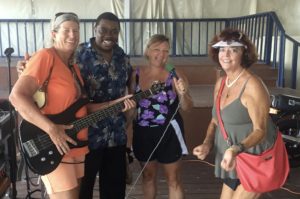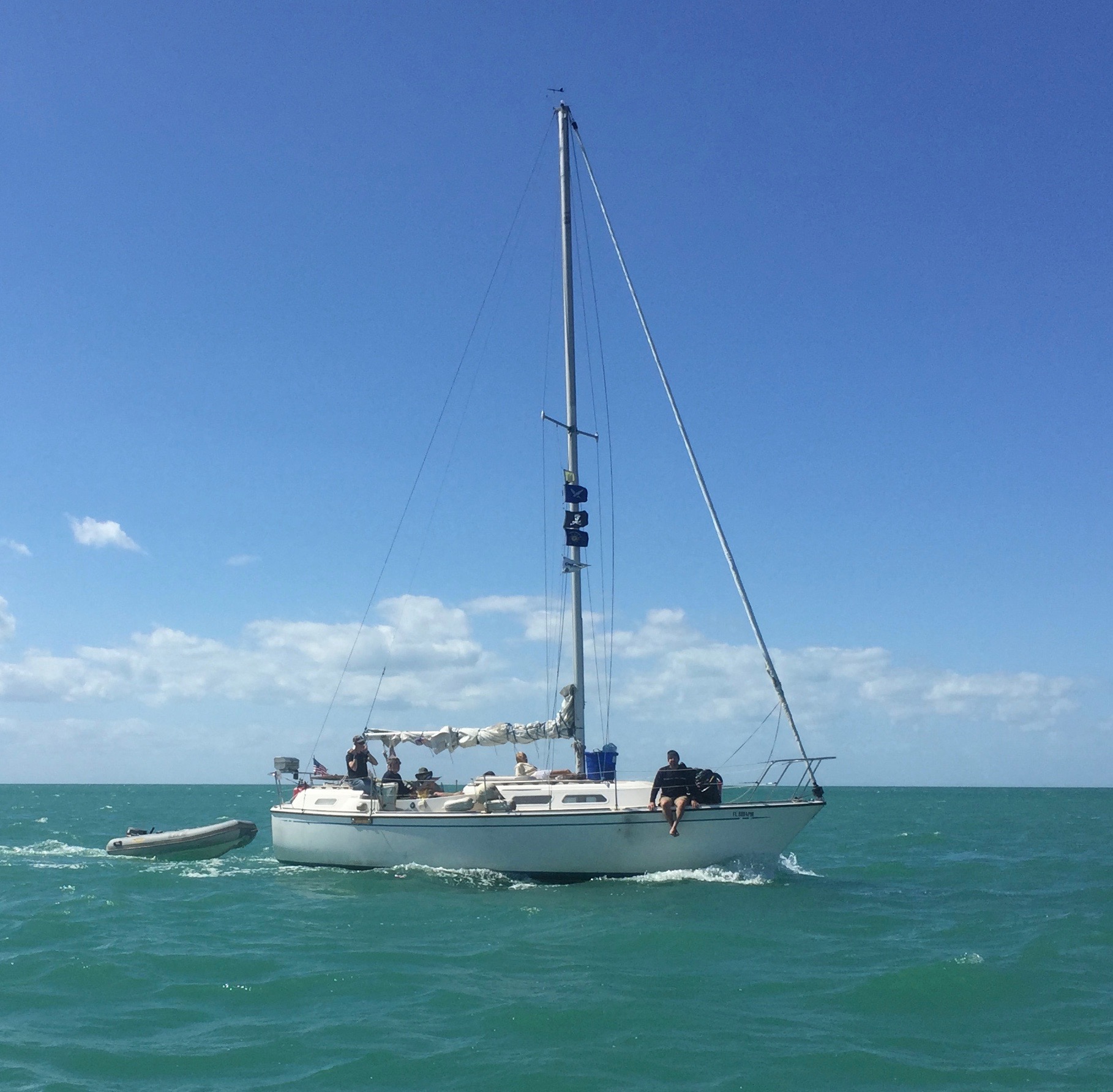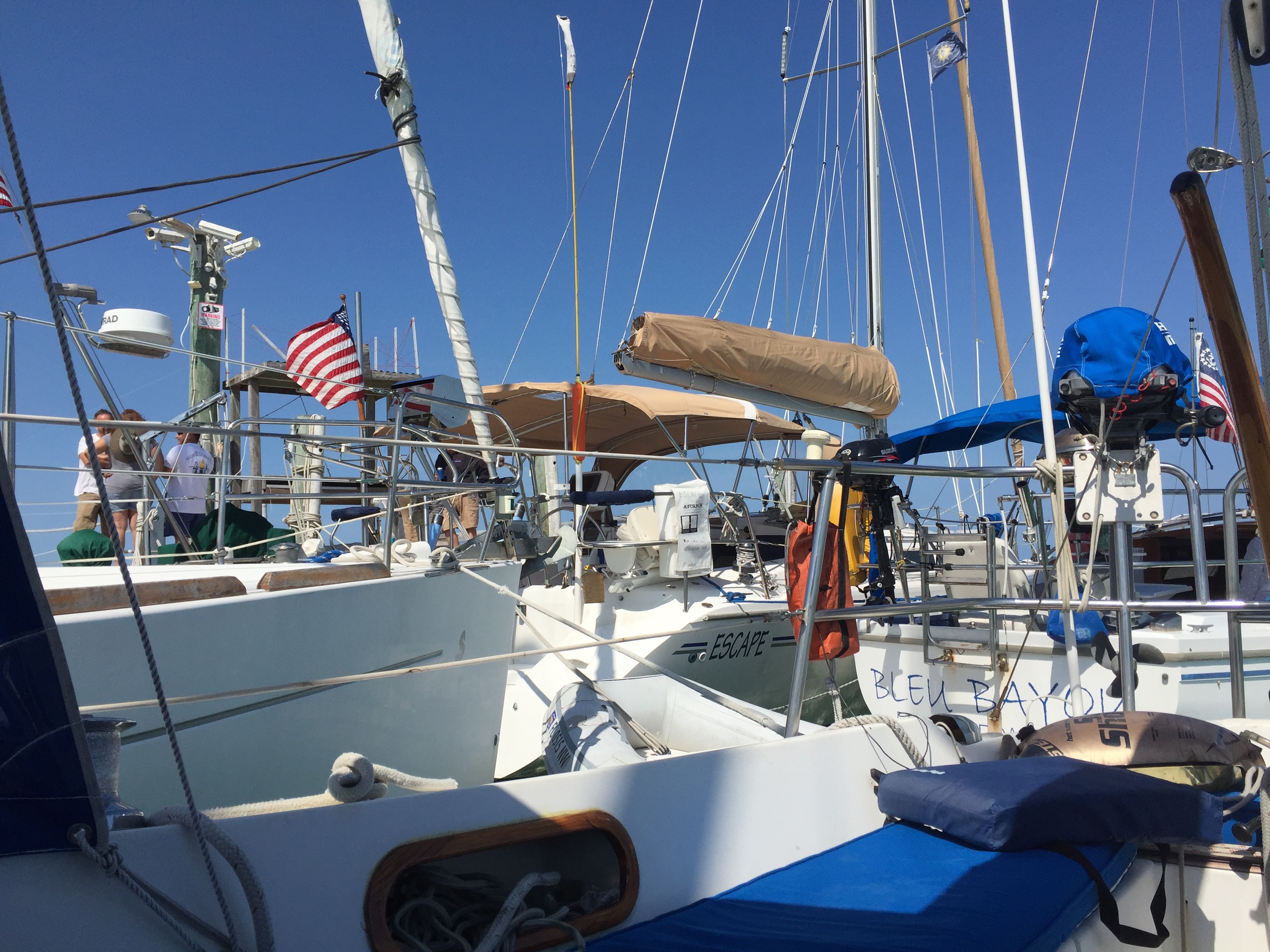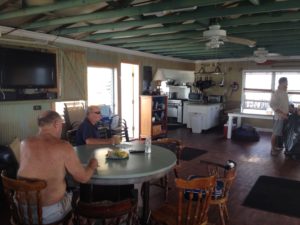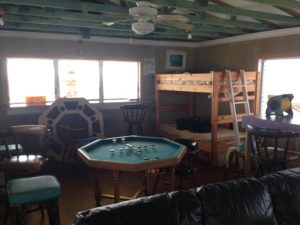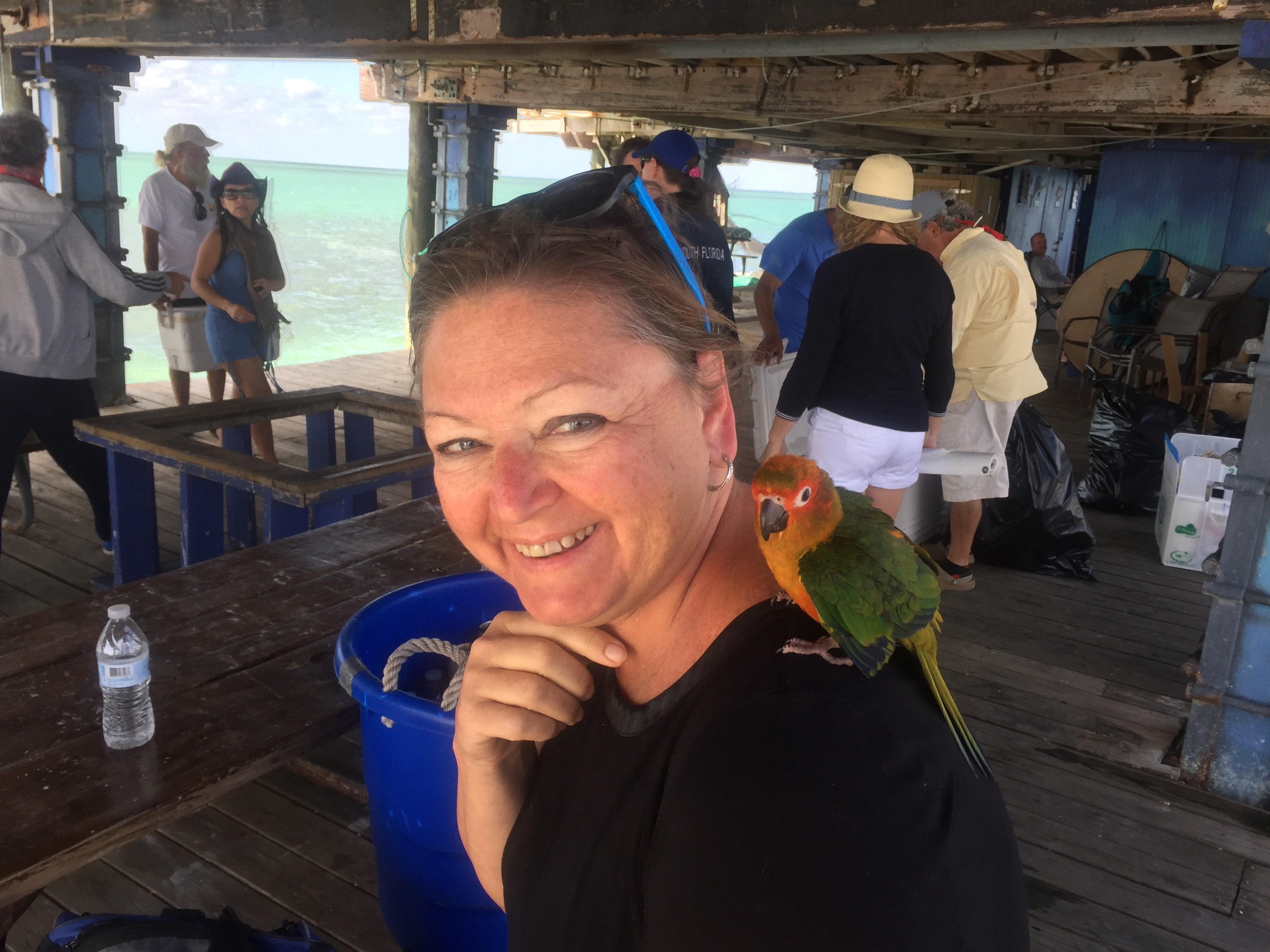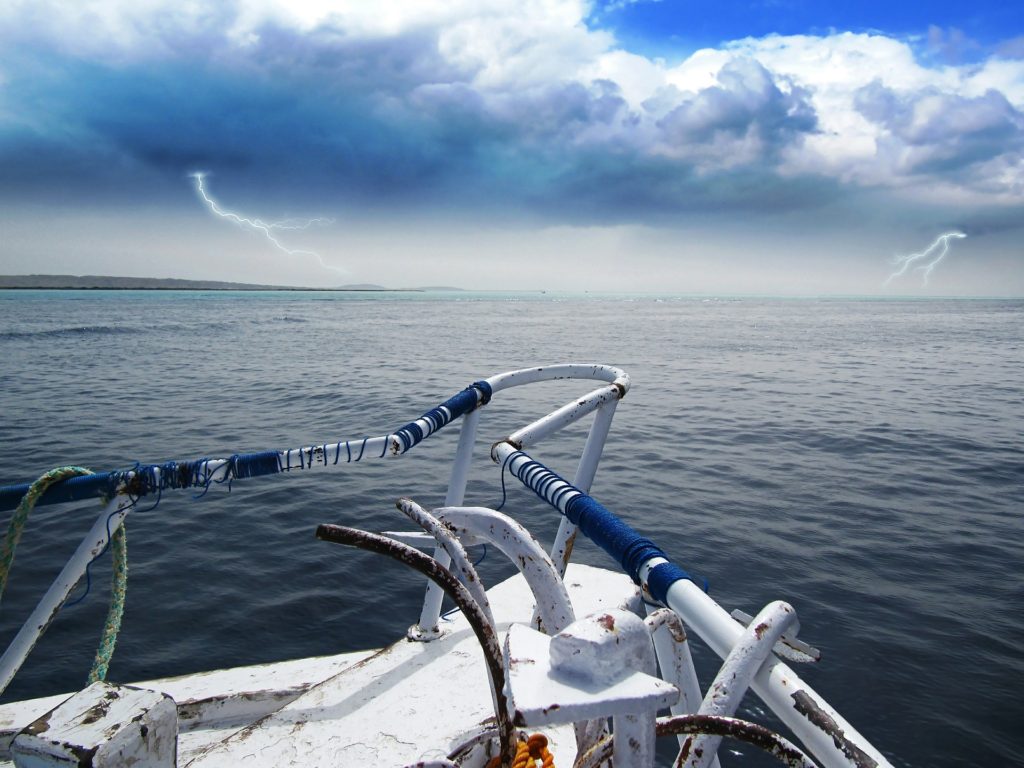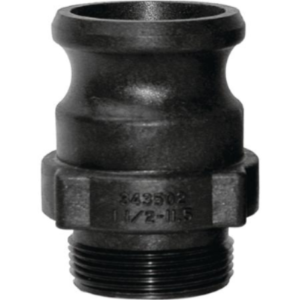Since Kay and I moved to Marathon, Florida, over a year ago, we have enjoyed exploring many of the tiki bars in the area by dinghy and by car. Why tiki bars? Tiki bars are bars in tiki huts. Tiki huts, in general, are magical. The Florida Keys are very hot in the summertime, and somehow the air under a tiki hut is always 5 – 10 degrees cooler than outside. Plus they look exotic and you feel like you are on vacation whenever you are hanging out in a tiki bar. Tiki bars do not have air conditioning, but they all have ample air circulation on all sides and fans are installed so they are comfortable all year around.
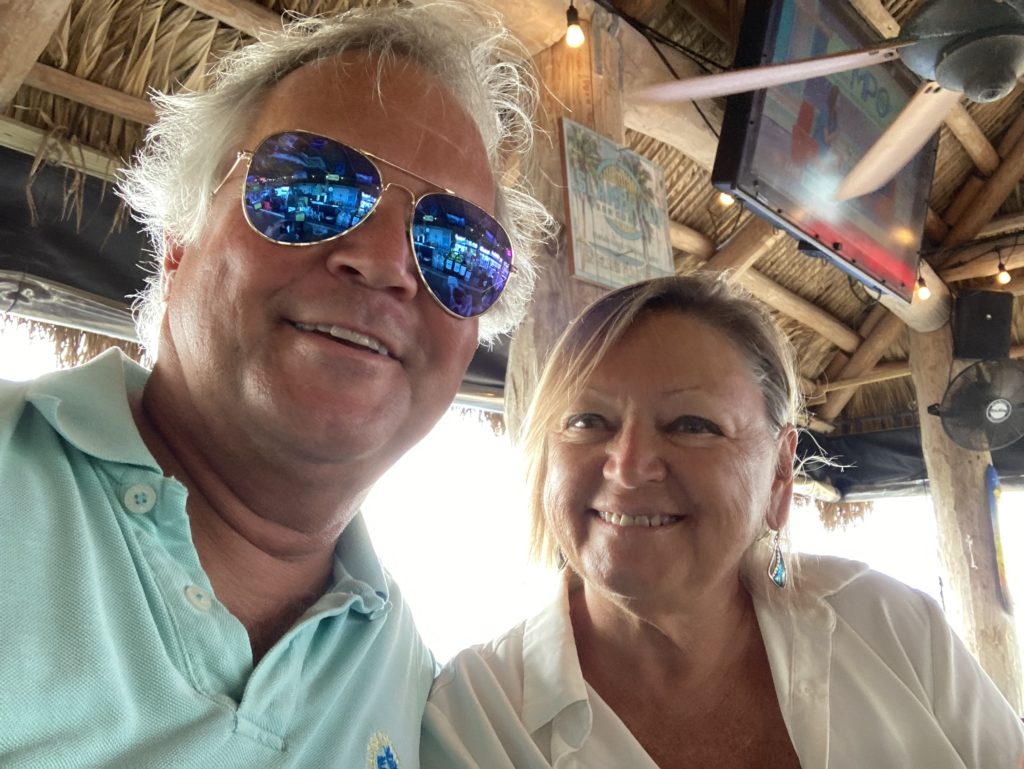
What defines a tiki hut? A tiki hut has a cypress log frame, open sides, and a palm thatched roof. Traditional, native American “chickee huts” are the same, except a chickee hut has a raised wooden floor. Fun fact: tiki huts or chickee huts built by Florida’s Seminole and Miccosukee tribes are exempt from the Florida Building Code and can be built without building permits.
Disclaimer: not all of the bars reviewed in this article are actual “tiki” bars, but they are still fun places to visit. Also, the list is not complete since there are so many of them and we have so little time. So please enjoy this article with a cold adult beverage in hand, and it will be okay.
Here is our guide starting — roughly — with our favorite bars in Marathon that are close to Safe Harbor Marina / Boot Key Harbor, and then expanding outwardly. Look for the hyperlinks in this article and click on them to get more information, like their web addresses, street addresses, phone numbers, and menus. Note that every restaurant in the Keys seems to specialize in seafood since it is so abundant here.
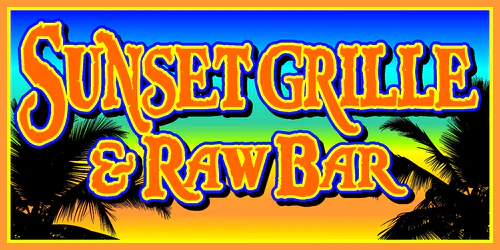
Sunset Grille. Located at the eastern end of the Seven Mile Bridge, Sunset Grille offers perfect sunset views, a huge menu of food and specialty drinks, its own pool, and a pool bar. The sturdy dinghy dock was rebuilt after Hurricane Ian last year, and is about a mile by dinghy from the marinas. The restaurant plays Jimmy Buffett’s Radio Margaritaville in the background all day. Service is always fast and friendly. Sunset Grille is the perfect place to go with friends and family.
Burdine’s Waterfront. Burdine’s is a smaller tiki bar restaurant with simpler fare on the second floor of a marina and fuel dock building. Burdine’s is best known for having the best french fries in the world. On the menu, they are “fresh hand-cut fries sprinkled with their special fry dust.” Burdine’s also has some tasty vegetarian entree options, and deep fried key lime pie. The restaurant is directly on the channel leading from the ocean to Boot Key Harbor, and boasts a floating dinghy dock. Sunset views are also amazing from this second floor tiki bar, and one can often see dolphins transiting the channel.

Castaway. Down one of the canals around the corner from Burdine’s is Castaway. To get there by water, you have to already know where it is, since you have to take some twisty turns. The restaurant is known for dishes made from lionfish, which is an invasive species. You are doing the Keys a favor if you take the lionfish out of the water and eat them. The dinghy dock at Castaway is sketchy, but it exists. Only the outdoor bar is decorated in the tiki bar motif.
Dockside. Dockside is the dive bar where you go to become a local. Situated on the waterfront on the southern edge of Boot Key Harbor, Dockside has the perfect floating dinghy dock, happy hour from 3pm – 7pm, and live music seven days a week. During happy hour, Bud Lite is only $2.50, wine is $3.25, and well drinks are only $4. You can have rounds of drinks, happy hour appetizers, and live music, and be hard pressed to spend $20 apiece. I would know, I have tried many times! But Dockside is so low key that it doesn’t even have its own website. It can only be found online on Facebook. Dockside is not a true tiki bar, since it doesn’t have a thatched roof. However, Dockside scores high for its location, waterfront views, low prices, good music, and the Keys vibe.

Lazy Days South. If your boat is docked at Safe Harbor Marina, you will surely patronize this tiki bar on a regular basis. Lazy Days is conveniently located only 60 feet from our boat and sits between the marina pool and the marina docks. In fact, bathers can get pool service by ringing a ship’s bell that the bar has installed outside. Lazy Days has a good happy hour, but is not a true tiki bar because it does not have a thatched roof. Also, their docks are not particularly dinghy-friendly since they are fixed rather high off the water.
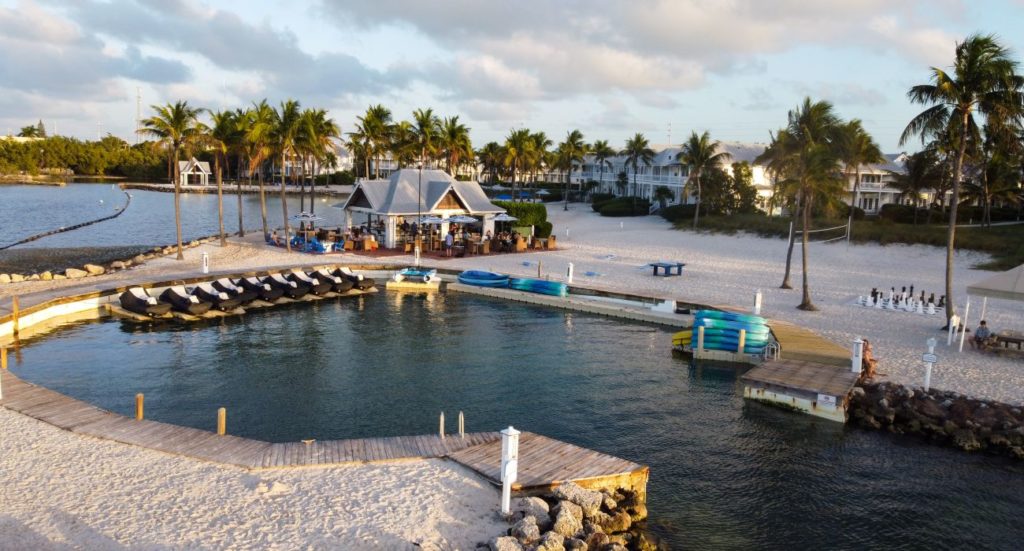
TJ’s Tiki Bar. TJ’s Tiki Bar is an upscale tiki bar located on the bay side of Vaca Key and is a part of the Tranquility Bay Beach Resort. There are great sunset views that frame the famous lighthouse at the nearby Faro Blanco Marina. TJ’s is on the water, but the docks are for watercraft rental only. Most of the seating is on an uncovered patio, and there is often a singer / guitar player providing live music. TJ’s is not a true tiki bar because it does not have a thatched roof. It is also the most expensive tiki bar we have been to. I once got a $28 charge for a veggie burger. I thought it was mistake … and it wasn’t.
Porky’s Bayside BBQ. Like TJ’s, Porky’s is also on the bay side of Vaca Key, but is much more low key and affordable than TJ’s. Instead of specializing in seafood like the other restaurants in Marathon, Porky’s specializes in pork barbecue. However, they have good size menu to satisfy almost every palate. Porky’s is a true tiki bar that is easily identified from the Overseas Highway, and has several dock slips on the water. New for 2023, Porky’s just opened an 18-hole mini-golf course, the only mini-golf course in Marathon.
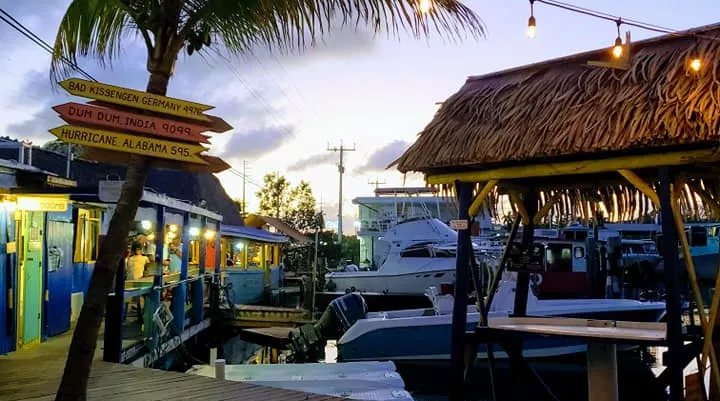

Barnacle Barney’s Tiki Bar. Hidden behind The Hammocks Resort on the bay side is Barnacle Barney’s, a hidden gem. It is a very cute bar on the water with friendly servers that is open to the public, but you cannot bring a boat here and it is not a true tiki bar because it does not have a thatched roof. No official website. Happy hour is 4 – 6 and the prices for drinks and appetizers are great.
Keys Fisheries. A true tiki bar on the second floor of a fish market, Keys Fisheries is another favorite of the locals. It is walking distance from the City Marina, which is very handy if your boat is on a mooring ball there. It is also on the bay side. Enjoy adult beverages while watching the fishing boats bring in their catches at the marina below.
Island Fish Co. Turning toward the north / east end of Marathon, Island Fish Co. is a true tiki bar on the bay side that is the only restaurant that can be reached by land, sea, and air. There is a helipad on the north end of the parking lot.
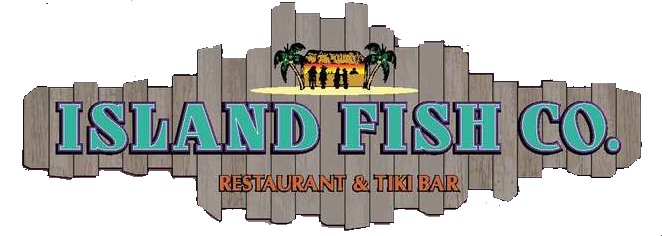
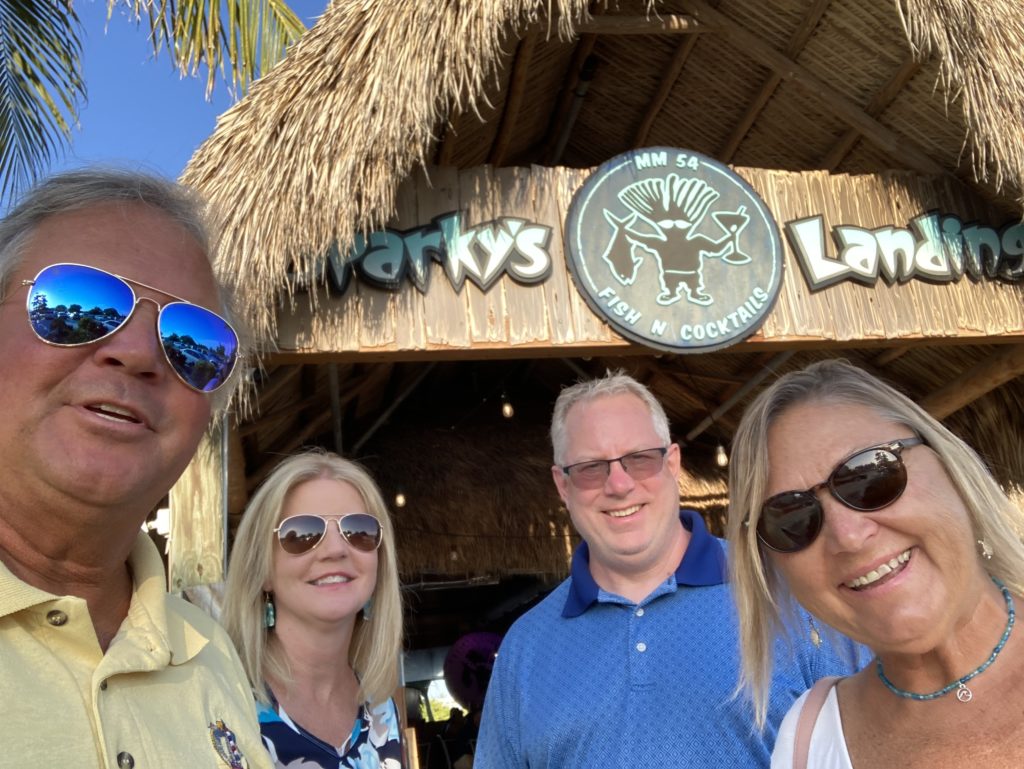
Sparky’s Landing. On the north / east end of Marathon is one of the best tiki bars in town. A true tiki bar on the ocean side, you can take your dinghy to their dock, but you would have to cross five miles of open ocean to get there. Sparky’s Landing has a very large menu that includes excellent brick oven pizzas. Their live music offerings are the best quality music acts in town, and include Marathon’s former mayor, singer/songwriter John Bartus. Like Sunset Grille, Sparky’s Landing is a great place for groups.

